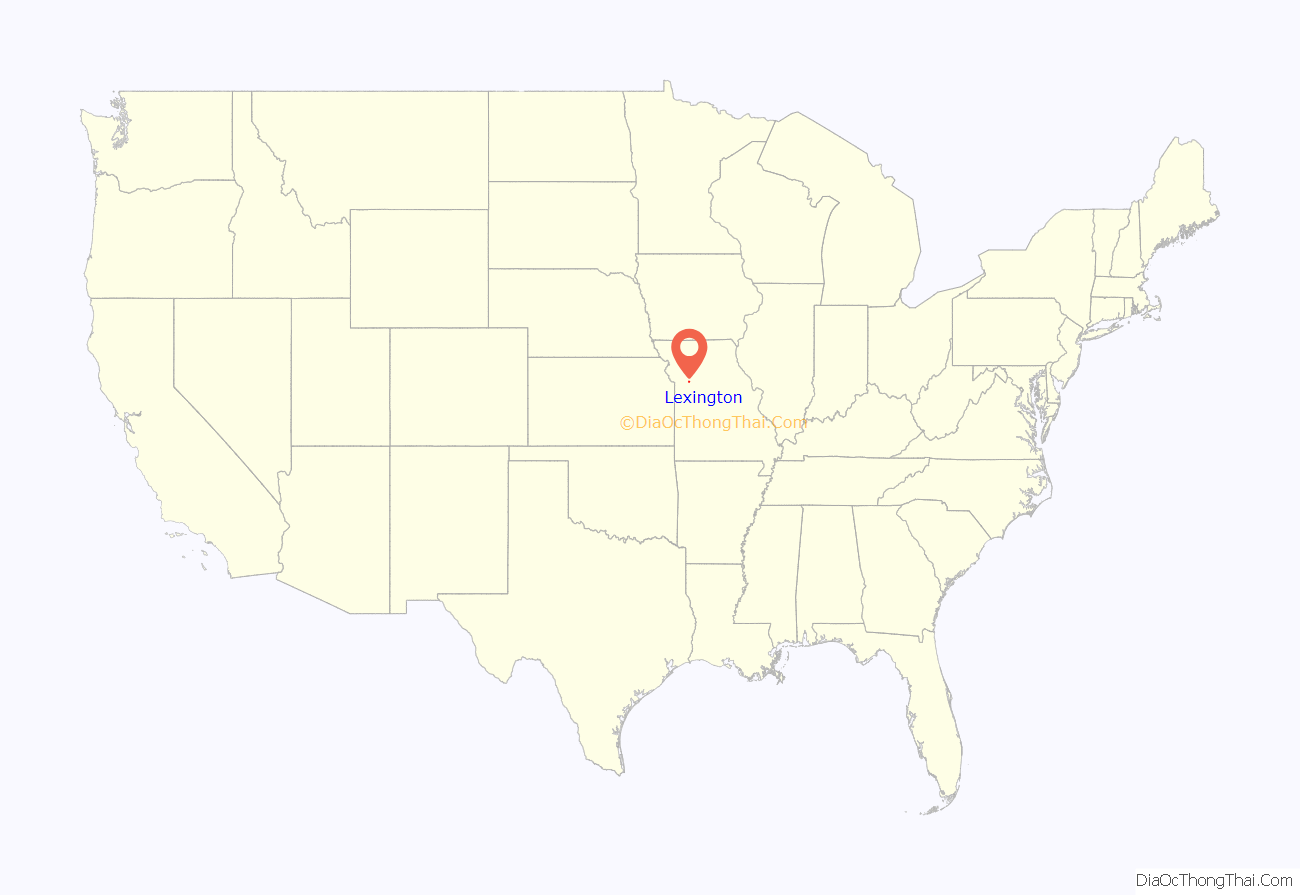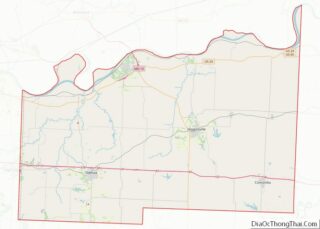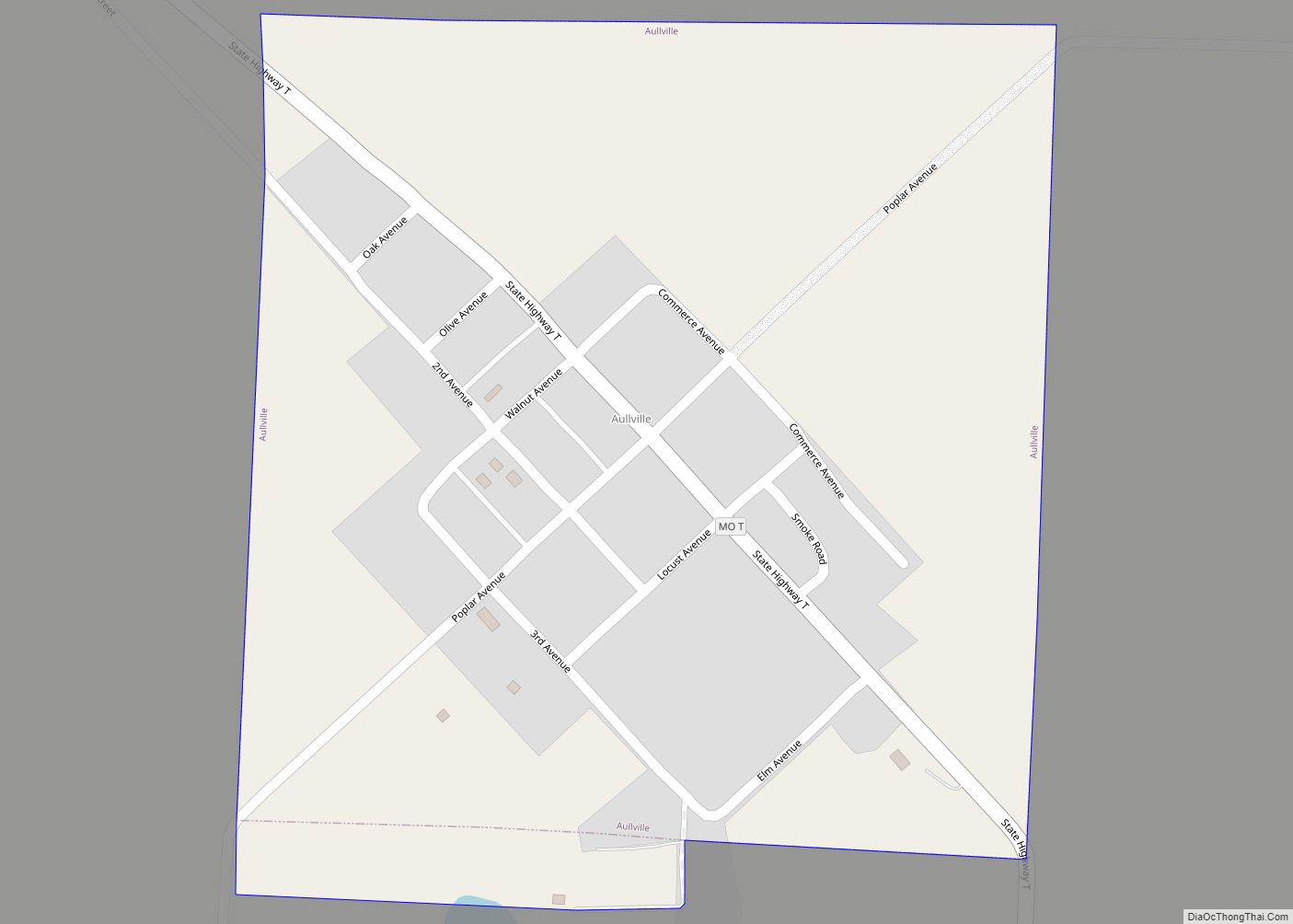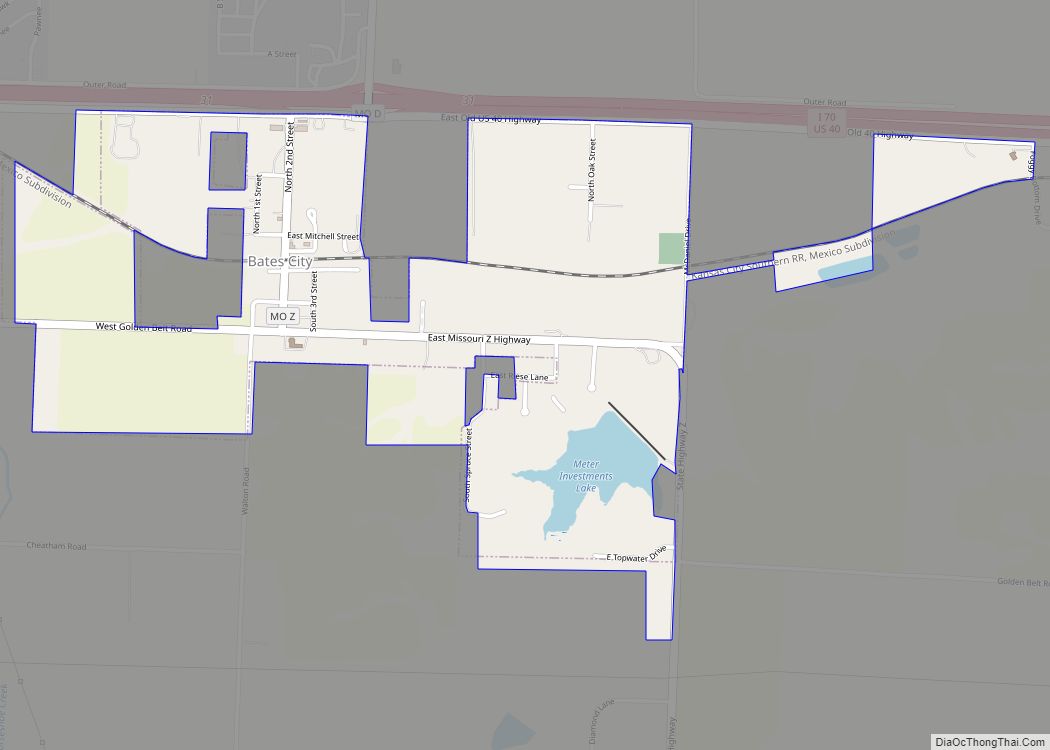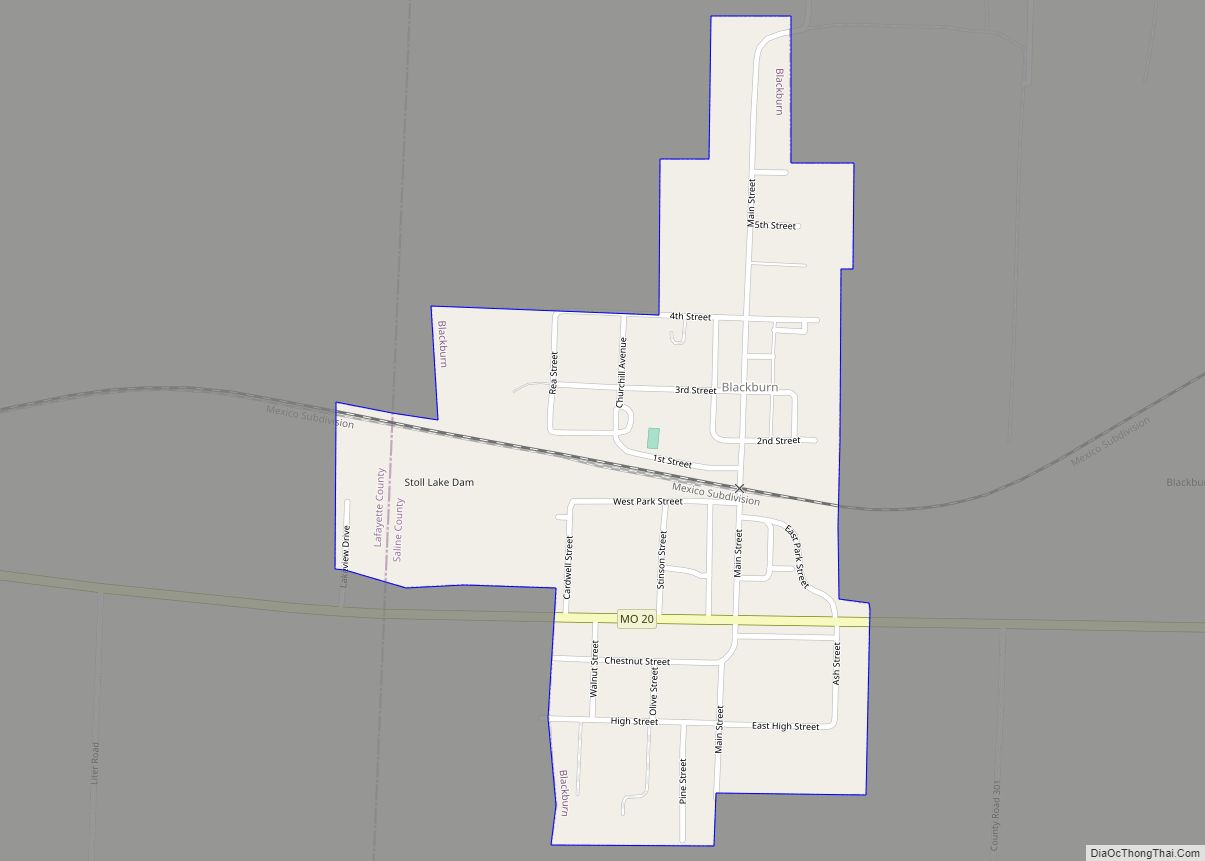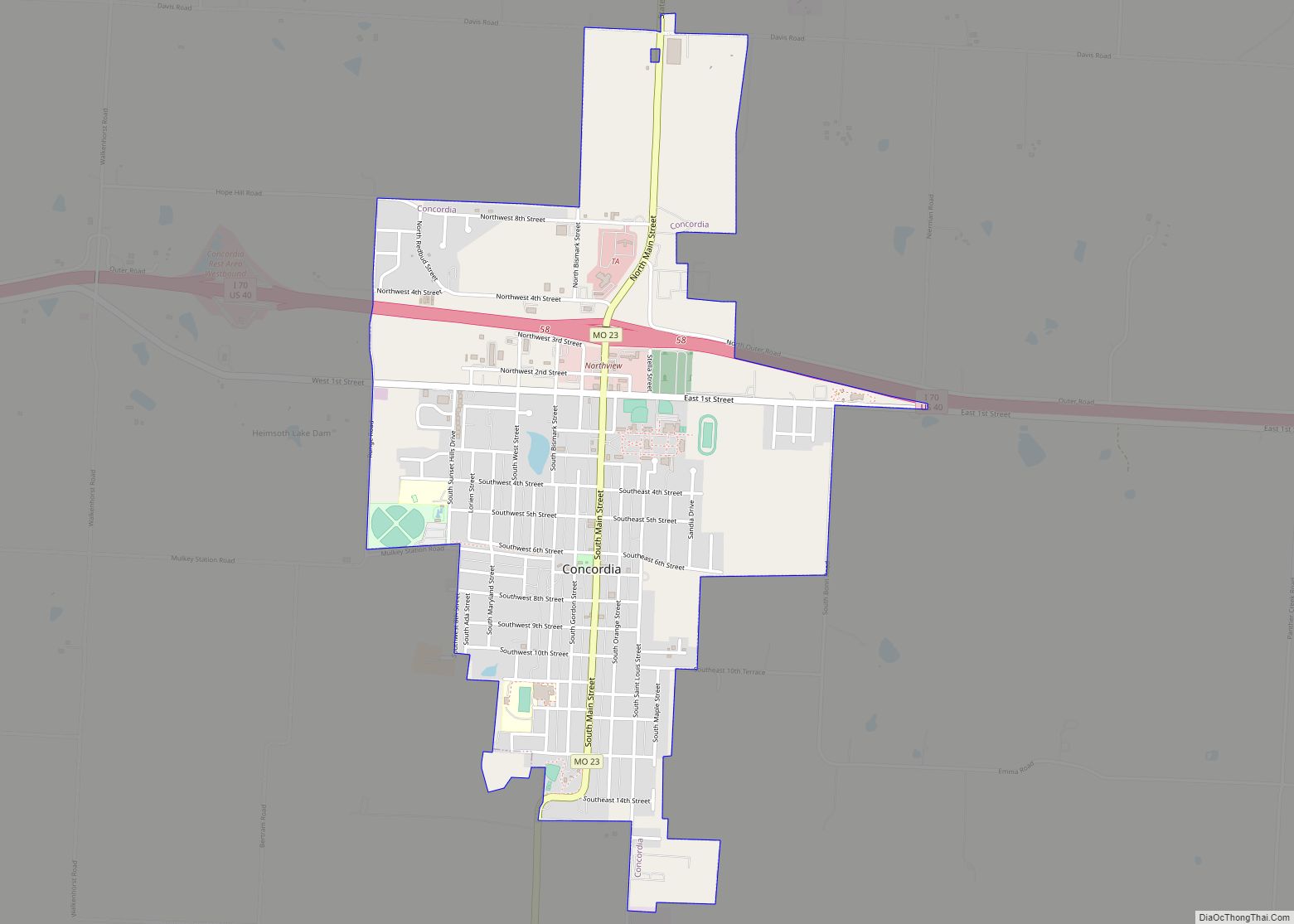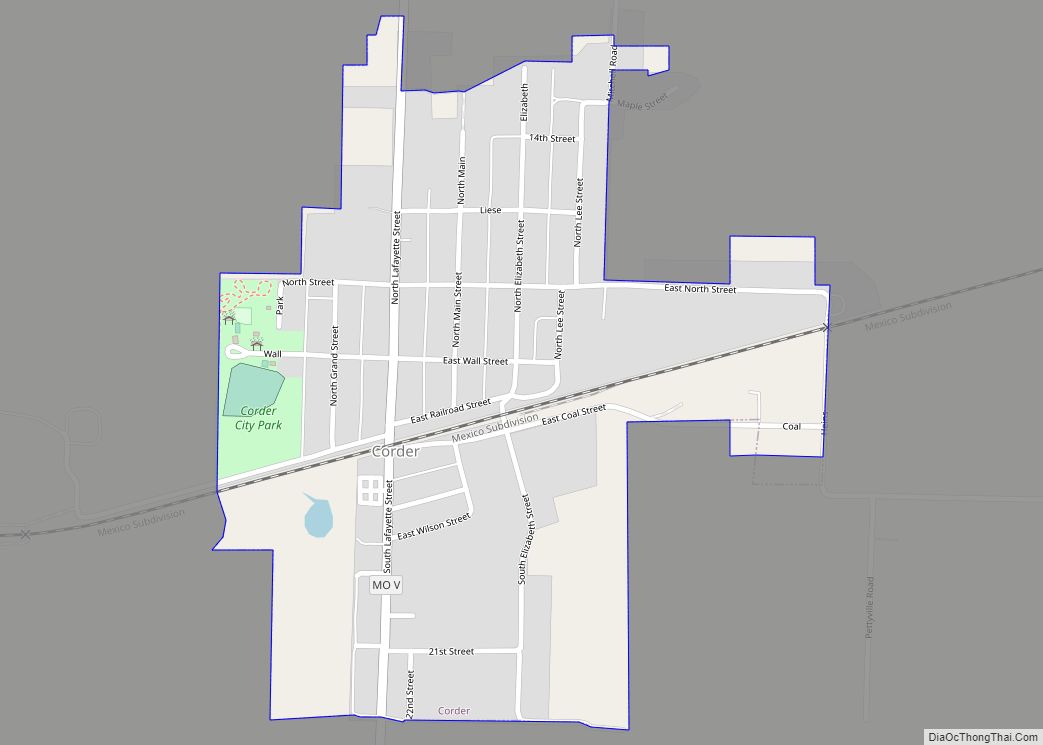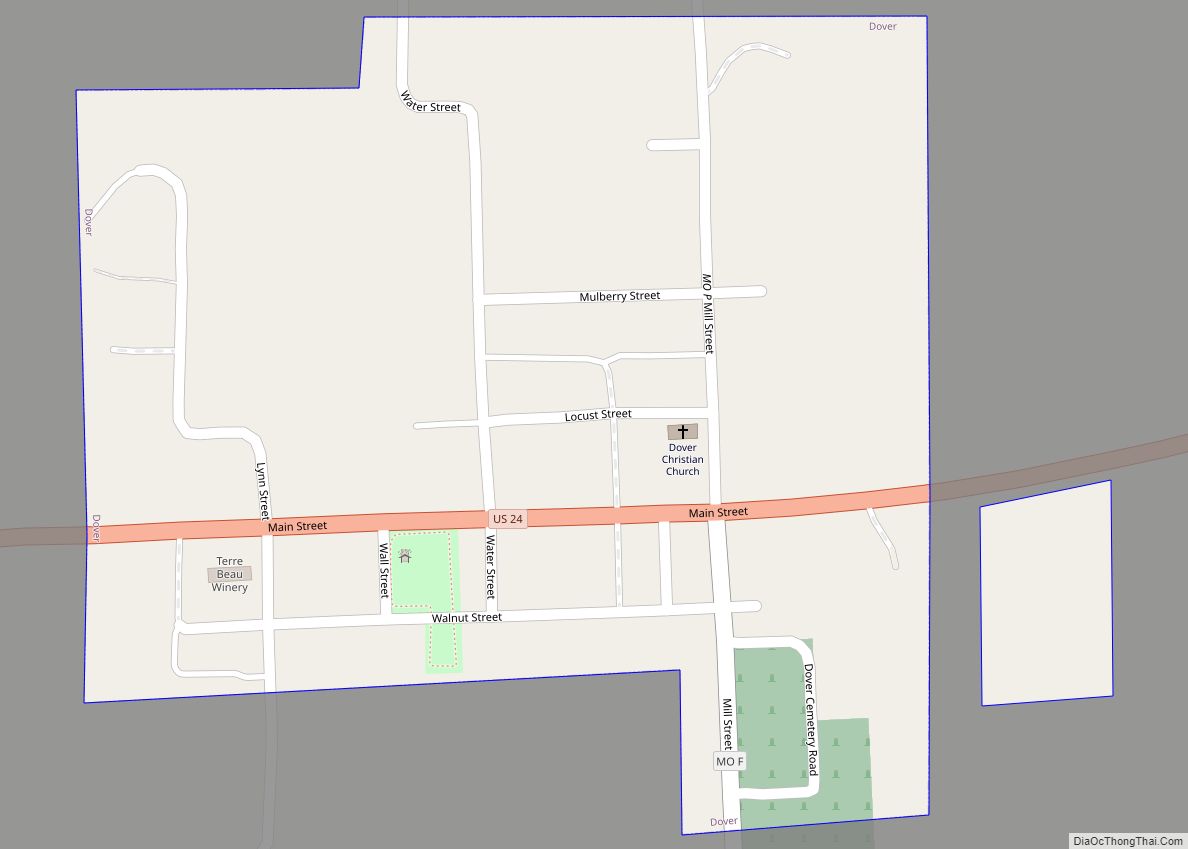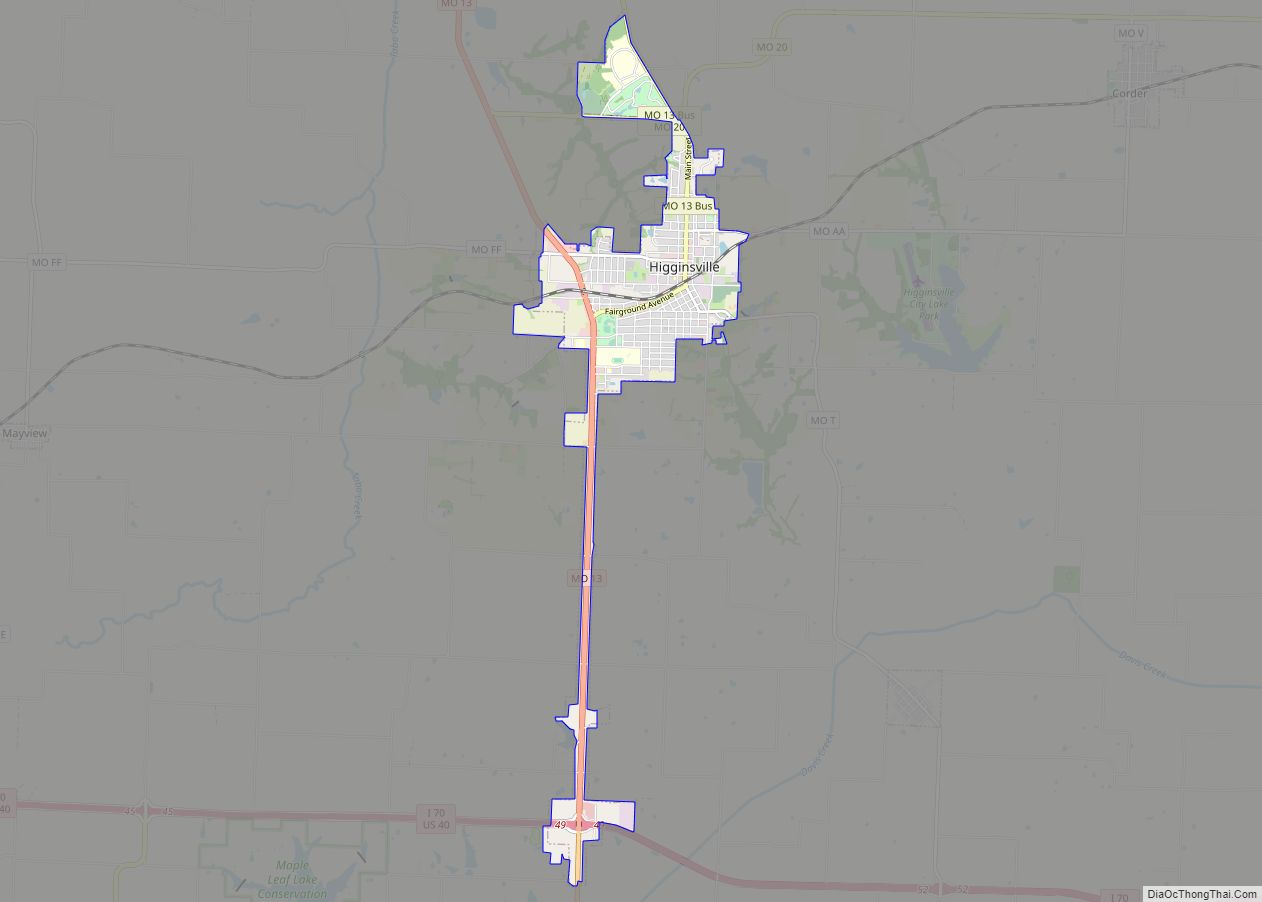Lexington is a city in and the county seat of Lafayette County, Missouri. The population was 4,726 at the 2010 census. Located in western Missouri, Lexington lies approximately 40 miles (64 km) east of Kansas City and is part of the Greater Kansas City Metropolitan Area. It is the home of the Battle of Lexington State Historic Site, and of the former Wentworth Military Academy and College, which operated from 1880 to 2017.
| Name: | Lexington city |
|---|---|
| LSAD Code: | 25 |
| LSAD Description: | city (suffix) |
| State: | Missouri |
| County: | Lafayette County |
| Elevation: | 810 ft (250 m) |
| Total Area: | 5.46 sq mi (14.13 km²) |
| Land Area: | 5.23 sq mi (13.54 km²) |
| Water Area: | 0.23 sq mi (0.59 km²) |
| Total Population: | 4,652 |
| Population Density: | 889.82/sq mi (343.54/km²) |
| ZIP code: | 64067 |
| Area code: | 660 |
| FIPS code: | 2941870 |
| GNISfeature ID: | 2395697 |
| Website: | www.lexingtonmo.com |
Online Interactive Map
Click on ![]() to view map in "full screen" mode.
to view map in "full screen" mode.
Lexington location map. Where is Lexington city?
History
Founding
Lexington, located on the bluffs of the Missouri River, was platted in 1822, near William Jack’s Ferry, which had been established three years earlier on the south bank of the river. It was named in commemoration of the Battle of Lexington. The first ferry was established in 1819 by Lexington’s founder, Gilead Rupe. In 1823, Lexington became the county seat of Lafayette County and grew rapidly.
Growth as a trading center
John Aull opened a mercantile store in 1822, and he was soon joined by his brothers James and Robert. The Aull Brothers firm soon had a frontier chain, also operating stores in Independence, Westport and Liberty. Other merchants came, as did farmers and planters who specialized in hemp, tobacco and cattle.
With the emphasis on trade and agriculture, Lexington and Lafayette County also had one of the largest slave populations in the state. Many homes in town still have the old slave quarters behind them.
Lexington was a bustling and prosperous city, the largest city west of St. Louis in the 1830s and 1840s. During that period, it was the major center for merchants and outfitters as trappers, traders, and emigrants prepared to travel westward on the Santa Fe Trail, California Trail, Oregon Trail, and the Mormon Trail to Utah. Goods sent west from Lexington were valued at $450,000 in 1843. Rope walks, slaughter houses, a foundry and a furniture factory were among other early Lexington industries. In the 1840s, Russell, Majors and Waddell, the largest trading firm in the West, established its headquarters on Main Street. In the 1850s, these three men had 3500 wagons carrying goods from Missouri to Sacramento, Denver, and other points, and in 1860, they would found the Pony Express.
The steamboat trade on the river became a hugely profitable investment, and the wharf was a center of commerce. In 1852, one of the worst steamboat accidents in Missouri history occurred at Lexington. The side-wheeler Saluda was carrying 250 Mormons en route to Salt Lake City when its boilers exploded, killing over 150 people. Many children orphaned by the blast were adopted by Lexingtonians. Productive coal mines, among the first in the state, were dug into the surrounding river bluffs to provide fuel for river steamers.
Architecture
Lexington was also noted for its architecture, especially in its public buildings. The Greek Revival Lafayette County Courthouse, built in 1847 on Main Street, is the oldest courthouse in continuous use west of the Mississippi. The Masonic College, also built in the Greek Revival style, operated from 1847 to 1857, and after the Civil War, it housed the Central College for Women. The Gothic Revival Christ Episcopal Church, built in 1848, has an interior finished in walnut and a ceiling ornamented with a Gothic truss arch. Lexington is still home to over 150 homes and public buildings built before the Civil War, and annually holds well-attended tours of its historic homes and buildings.
In addition to the Lafayette County Courthouse, the Anderson House and Lexington Battlefield, Minatree Catron House, John E. Cheatham House, Commercial Community Historic District, Cumberland Presbyterian Church, Theodore Gosewisch House, Alexander and Elizabeth Aull Graves House, Hicklin Hearthstone, Hicklin School, Highland Avenue Historic District, House at 1413 Lafayette St., David John House, George Johnson House, Linwood Lawn, Old Neighborhoods Historic District, William P. Robinson House, Thomas Shelby House, Spratt-Allen-Aull House, Thomas Talbot and Rebecca Walton Smithers Stramcke House, D. W. B. and Julia Waddell Tevis House, Waddell House, and Wentworth Military Academy are listed on the National Register of Historic Places.
Civil War and aftermath
Lexington was the site of two of the largest battles in the western campaign of the American Civil War. The better-known Battle of Lexington is commonly referred to as the Battle of the Hemp Bales. On September 12, 1861, between 6,000 and 10,000 soldiers of the Missouri State Guard, led by Major General Sterling Price, began a siege against the Federal military post in the old Masonic College commanded by Colonel James A. Mulligan.
On September 18, Price’s army mounted an assault. Some of Price’s army used hemp bales as moving breastworks while they moved up the river bluffs and closed in on Mulligan’s headquarters. On September 20, 1861, Mulligan’s troops surrendered. Combined casualties were 73 dead, 270 wounded. The battlefield on the bluffs of the Missouri River is now a state park, and the cannonball stuck in one of the upper pillars of the Courthouse has become a symbol for the town.
The Second Battle of Lexington occurred during Price’s Missouri Expedition on October 19, 1864.
Lexington was known as a center for Quantrill’s Raiders during the war. Two months after the Civil War ended, many of these guerrilla fighters who had refused to honor the cease fire finally decided to take advantage of the special Federal amnesty that was declared for such forces and turn themselves in at Lexington. While riding into town, reportedly under a white flag, they were fired upon by Union soldiers from the 2nd Wisconsin Cavalry, and Jesse James was severely wounded in the right lung. Some credit this event as a major contributing factor to his post-war career as a legendary bank robber. It is likely not a coincidence that the James-Younger Gang targeted the Alexander Mitchell bank in Lexington for the second daylight bank robbery in United States history. In December 1866, Archie Clement, an accomplice of the James brothers and perhaps the most notorious of all the guerrilla fighters, terrorized the town and was shot from his horse and killed by a sniper perched in the second floor of the Courthouse.
Athens of the West
Lexington never returned to its pre-war prominence, replaced by Kansas City as the most important city in western Missouri. Particularly harmful was arrival of the transcontinental railroad, which supplanted the river commerce. A number of institutions of higher education were established, leading the town to bill itself as the “Athens of the West”. Especially significant were three schools for women, the Elizabeth Aull Seminary, Lexington Ladies College, and Central College for Women. Until its closing in 2017, Wentworth Military Academy, founded in 1880, drew students from throughout the country and around the world.
Lexington Road Map
Lexington city Satellite Map
Geography
Lexington is located on the south bank of the Missouri River at the intersection of Missouri Route 13 and US Route 24.
According to the United States Census Bureau, the city has a total area of 5.38 square miles (13.93 km), of which 5.15 square miles (13.34 km) is land and 0.23 square miles (0.60 km) is water.
See also
Map of Missouri State and its subdivision:- Adair
- Andrew
- Atchison
- Audrain
- Barry
- Barton
- Bates
- Benton
- Bollinger
- Boone
- Buchanan
- Butler
- Caldwell
- Callaway
- Camden
- Cape Girardeau
- Carroll
- Carter
- Cass
- Cedar
- Chariton
- Christian
- Clark
- Clay
- Clinton
- Cole
- Cooper
- Crawford
- Dade
- Dallas
- Daviess
- De Kalb
- Dent
- Douglas
- Dunklin
- Franklin
- Gasconade
- Gentry
- Greene
- Grundy
- Harrison
- Henry
- Hickory
- Holt
- Howard
- Howell
- Iron
- Jackson
- Jasper
- Jefferson
- Johnson
- Knox
- Laclede
- Lafayette
- Lawrence
- Lewis
- Lincoln
- Linn
- Livingston
- Macon
- Madison
- Maries
- Marion
- McDonald
- Mercer
- Miller
- Mississippi
- Moniteau
- Monroe
- Montgomery
- Morgan
- New Madrid
- Newton
- Nodaway
- Oregon
- Osage
- Ozark
- Pemiscot
- Perry
- Pettis
- Phelps
- Pike
- Platte
- Polk
- Pulaski
- Putnam
- Ralls
- Randolph
- Ray
- Reynolds
- Ripley
- Saint Charles
- Saint Clair
- Saint Francois
- Saint Louis
- Sainte Genevieve
- Saline
- Schuyler
- Scotland
- Scott
- Shannon
- Shelby
- Stoddard
- Stone
- Sullivan
- Taney
- Texas
- Vernon
- Warren
- Washington
- Wayne
- Webster
- Worth
- Wright
- Alabama
- Alaska
- Arizona
- Arkansas
- California
- Colorado
- Connecticut
- Delaware
- District of Columbia
- Florida
- Georgia
- Hawaii
- Idaho
- Illinois
- Indiana
- Iowa
- Kansas
- Kentucky
- Louisiana
- Maine
- Maryland
- Massachusetts
- Michigan
- Minnesota
- Mississippi
- Missouri
- Montana
- Nebraska
- Nevada
- New Hampshire
- New Jersey
- New Mexico
- New York
- North Carolina
- North Dakota
- Ohio
- Oklahoma
- Oregon
- Pennsylvania
- Rhode Island
- South Carolina
- South Dakota
- Tennessee
- Texas
- Utah
- Vermont
- Virginia
- Washington
- West Virginia
- Wisconsin
- Wyoming
